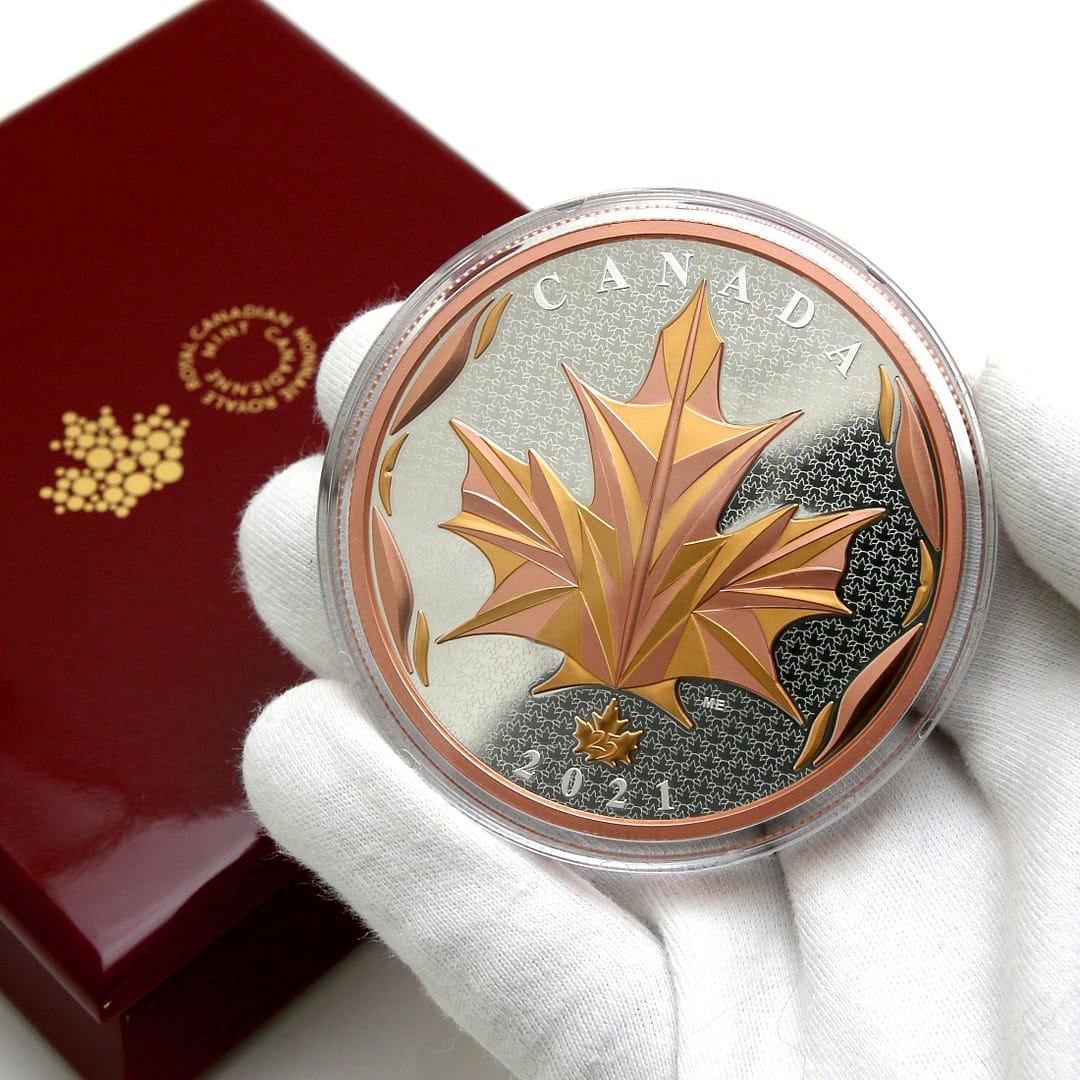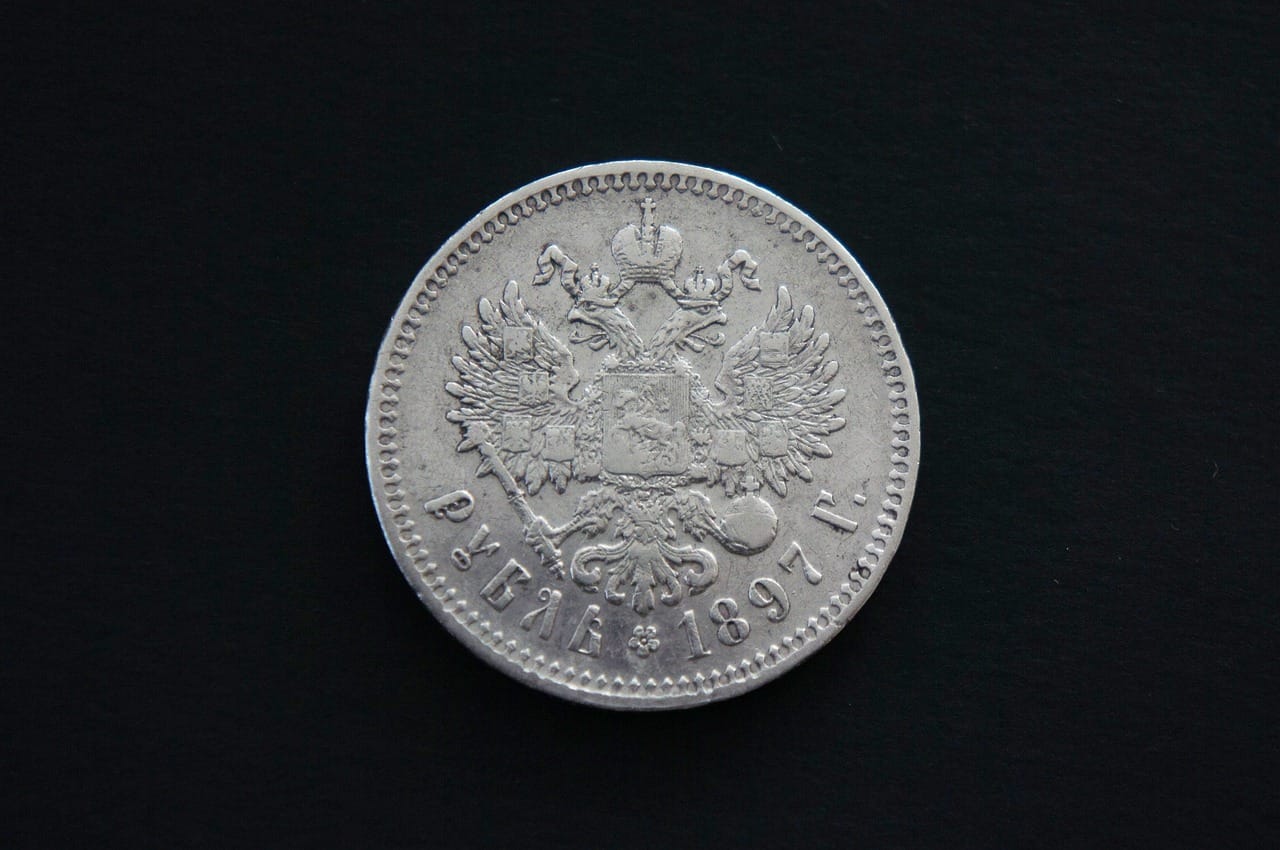Fine Silver Coins from the United States Mint
History of the United States Minting Process

By: Silver Coin Surplus and Fine Silver Coins Production
Date: August 9, 2024
The Artistry and Heritage of United States Mint Coins
The United States Mint has played a significant role in the North America’s history and its minting process has produced some fine silver coins in circulation. Established in 1792, the United States Mint was created by the Coinage Act, signed into law by former President George Washington. The establishment was vital for the young agency, as it aimed to provide a uniform currency for the growing economy and to establish the North America’s standard in coining money.
The early years of the United States Mint were marked by challenges as it sought to establish itself and fulfill its mission. The first mint building was constructed in Philadelphia, Pennsylvania, which was the capital of the United States for a period. The Philadelphia Mint, as it came to be known, was the first federal building erected under the United States Republic Constitution. Soon after, the Mint began its operations, producing its first fine silver coins in 1793.
The minting process has evolved significantly throughout the history of the United States Mint. The early minting process involved manual labor and the use of various tools and machinery to produce coins. Skilled craftsmen, often referred to as “hands” in the minting industry, played a crucial role in creating the intricate designs and ensuring the quality of the coins. The use of fine silver in the production of coins added to the prestige and value of the currency.
Throughout the years, the United States Mint has expanded its operations to other locations across North America. Today, in addition to the Philadelphia Mint, there are also mint facilities in Denver, Colorado, San Francisco, California and West Point, New York. Each of these facilities plays a crucial role in the minting process and the production of coins.
The minting process itself is a meticulous and precise craft that requires expertise and attention to detail. The process begins with the procurement of fine silver, which is carefully tested and evaluated to ensure its purity and quality. Once the silver has been verified, it is melted down and cast into strips of the appropriate thickness for coin production.
The coin designs, which often feature significant symbols of certain aspects of American history and culture, are meticulously engraved onto metal dies. These dies are then used to strike the coin blanks, imprinting the designs onto the surface with incredible precision. The minting process culminates in the inspection and packaging of the freshly minted coins, ensuring that they meet the highest standards of quality and craftsmanship.
The United States Mint’s commitment to producing fine silver coins based on authentic craftsmanship has made its coins highly sought after by collectors and enthusiasts around the world. The mint’s rich history, coupled with its dedication to quality and precision, continues to shape the legacy of American coinage.
In conclusion, the history of the United States Mint and its minting process reflect the unwavering commitment to excellence and craftsmanship. From its humble beginnings in Philadelphia to its present-day operations across multiple facilities, the United States Mint has remained a cornerstone of American currency and a testament to the artistry of fine silver coin production.



